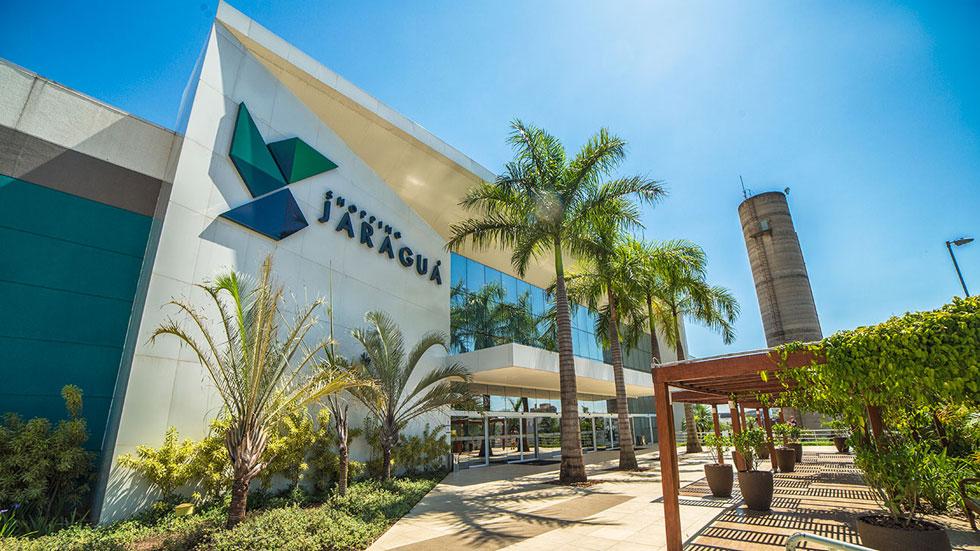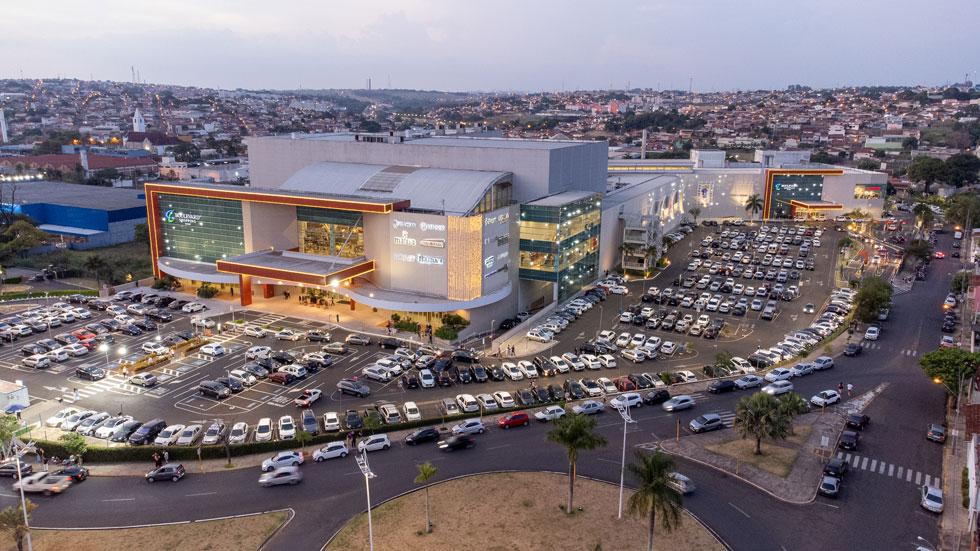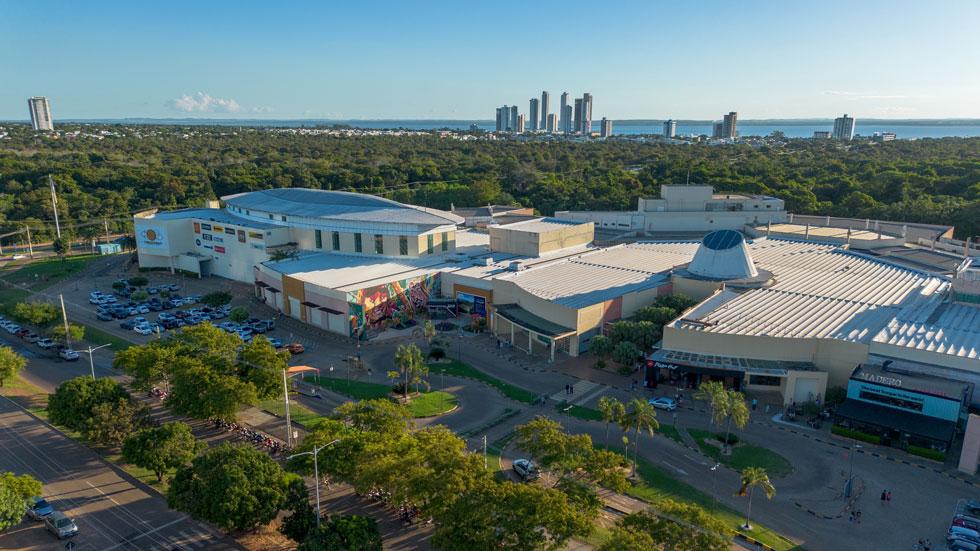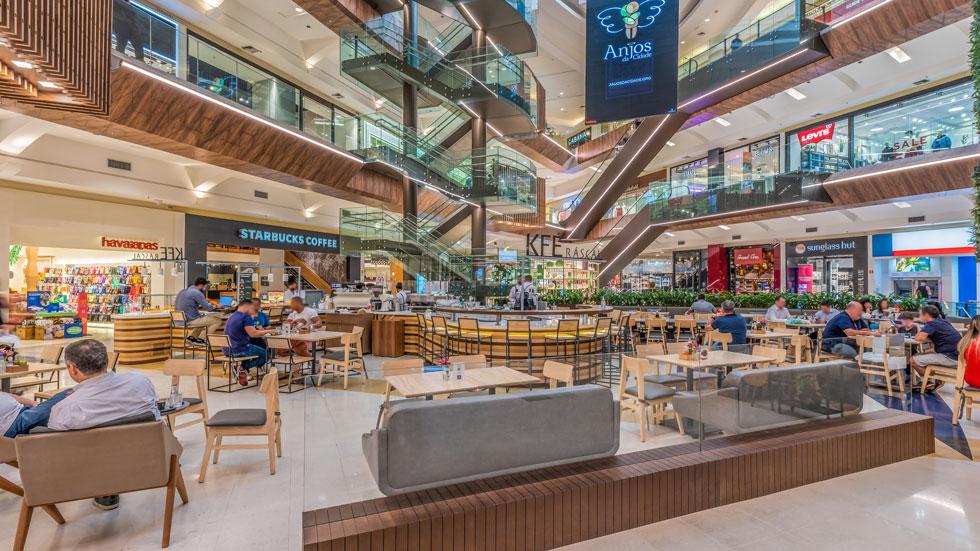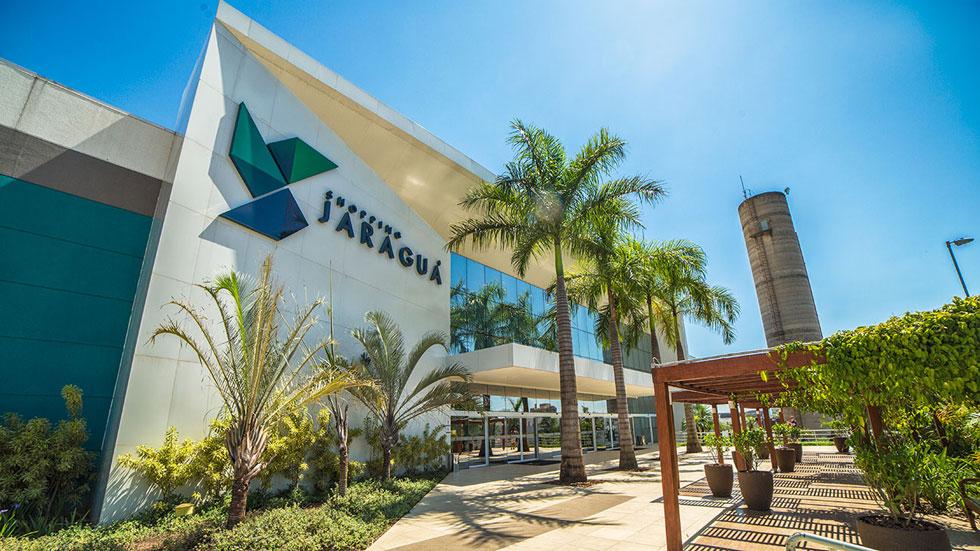
Hedge Investments has actively participated in the REIT industry’s growth in Brazil by developing both agricultural and real estate asset investment products. It is the largest independent REIT manager in Brazil, with approximately $2 billion of assets under management.
Principals at the firm are a respected voice in Brazil’s legislative advancements in the investment alternatives industry, having directly contributed to the significant expansion and diversification of real estate and agribusiness asset investment funds over the years.
One of Hedge Investment’s main offerings is Hedge Brasil Shopping FII (HGBS), the country’s first actively managed REIT. As of September 2024, it became the first Brazilian REIT to be included in the FTSE EPRA Nareit Global REIT Index. HGBS is one of the largest REITs in Brazil by market capitalization, gross leasable area, and number of investors.
REIT.com spoke with Nicolas Correa, risk manager, and Ricardo Freitas, COO at Hedge Investments, about the development and potential growth of the Brazilian REIT market.
The legal framework for REITs in Brazil was established in the late 1990s. What’s been the history of the Brazilian REIT market over the last decade or so?
The industry went from a R$20 billion market cap at the end of 2014 to a R$168 billion market cap at the end of 2024, an impressive 24% compound annual growth rate over the last decade.
As for the number of listed REITs, the market has quadrupled over that same time, with more than 500 listed REITs as of the end of 2024. Liquidity has gone up tenfold, as well.

These are remarkable numbers for Brazil and there seems to be no sign of a slowdown any time soon. We also believe macroeconomic conditions, however important, are not a factor that halts growth. For example, from 2010 to 2024, Brazil faced two recessions, yet the REIT market continued to expand exponentially.
What was behind Hedge Investments’ decision in the early 2000s to establish an alternative real estate investment division?
Back in the early 2000s, the legal framework for REITs in Brazil was less than 10 years old and no firm had made a concrete effort to structure a broad investment platform focused on real estate. We saw this as a significant opportunity, and so we decided to create the first actively managed REIT in Brazil that would hold multiple properties within a single vehicle.
To accomplish this, we assembled a highly skilled team at Hedging-Griffo, the precursor to Hedge Investments, where we worked together for 14 years and structured more than a dozen REITs, managing more than $2 billion in assets under management (AUM). Following the sale of Hedging-Griffo to Credit Suisse in 2012, this same team went on to establish Hedge Investments in 2017 after the expiration of non-compete agreements.
Was it a good decision to go into real estate as an asset class so many years ago? How do you see the future of REIT investments shaping up in Brazil going forward?
It was a fantastic decision. As you can imagine, Brazil is a developing country, with many opportunities. Real estate undersupply is one of those opportunities and we continue to see REITs as a key vehicle to capturing profits while helping the country close this gap.
Nowadays, the funding for many real estate ventures comes from Brazilian families investing in REITs. As a matter of fact, the REIT investor landscape in Brazil is very much skewed toward individuals. More than 70% of the capital invested in REITs is held by individuals here in Brazil. So, seeing this industry grow in such a quick and organic way is truly wonderful.

Recently, we have seen international investors entering the Brazilian REIT market as it gains scale and liquidity. We believe this trend will shape the future in coming years, as arbitrage will become more common and discrepancies between market prices and NAVs will not be as pronounced.
What trends are you keeping a close eye on as to how they will impact some sectors in Brazil?
We have seen mortgage REITs (mREITs) become a leading segment within the Brazilian market. Ten years ago, mREITs made up less than 3% of the market. Currently, some 40% of the industry’s NAV is allocated to mREITs.
We believe investors will continue to allocate most of their resources in mREITs in the short term, given that most of these vehicles invest in variable-rate instruments that are highly profitable given the current level of interest rates. However, in the long term, we believe equity REITs will remain relevant.
Since creating your first actively managed Brazilian real estate fund in the mid-2000s how has that fund and any follow-on funds performed?
HGBS is one of the oldest and most profitable REITs in Brazil. It started out with an NAV of around R$45 million and today has over R$2.7 billion in net assets. Currently, the REIT holds interests in 20 shopping malls across 15 cities and six states, establishing itself as a benchmark in the shopping mall industry. In terms of profitability, shareholders that bought the REIT back in 2006 made an internal rate of return (IRR) of 1,202.6% or 15.3% per year as of the end of 2024.
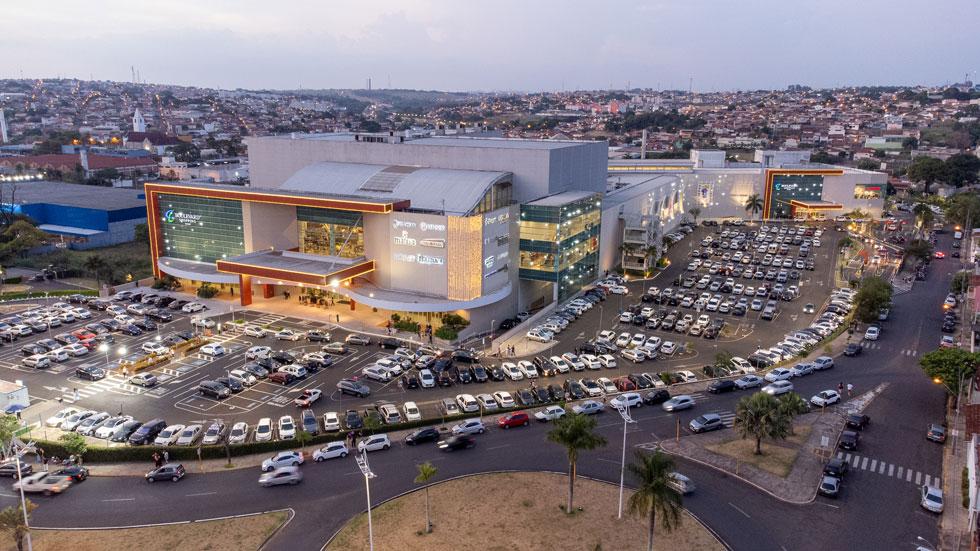
Brazilian interest rates can vary greatly. How does this volatility impact your real estate investment thesis on a day-to-day basis?
Interest rate volatility has a higher impact on mREITs and real estate funds of funds, where we actively trade securities. High interest rates can also affect feasibility studies for development-focused REITs, which typically involve some degree of leverage.
As for equity REITs, the impact of interest rates fluctuations is less relevant; nevertheless, we do use tactical allocations to navigate cycles. We are aware that volatility is part of our job, and, as far as fundamentals continue to remain strong, we see it as a tool to be used to our advantage. In our view, the fact that economic cycles in Brazil are shorter than in developed countries means that opportunities open up more often.
What sectors are your funds mostly heavily invested in and why?
Around 40% of our total AUM is made up of shopping malls. In Brazil, malls provide safety and comfort for consumers. People not only shop, but also engage in a wide range of activities such as dining out, entertainment, and even health services at malls in this country. Brazil’s weather is also a tailwind for the sector, as people look for spaces with air conditioning given that temperatures in some cities go above 100 degrees Fahrenheit in summer. We believe the sector will continue to perform strongly.
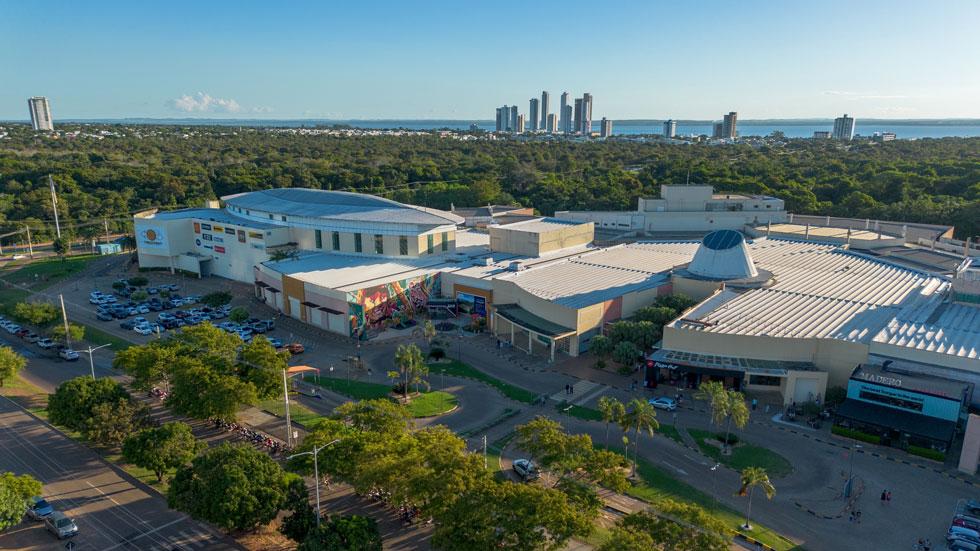
Approximately 20% of our AUM is composed of real estate funds of funds, a segment in which we are the second-largest manager in Brazil. Over a 12-year period, this strategy generated an average annual excess return of 1% above the benchmark. During this time, we have managed exclusive funds for both local and international institutional investors as well.
Moreover, we invest in industrial properties, offices, mREITs, multifamily, and development REITs.
Hedge Investments has a significant portfolio in office. How has this sector been impacted?
Similar to the U.S., offices have been lagging other REIT segments post-COVID. In Sao Paulo, where around 60% of offices in Brazil are located, the vacancy rate increased from 13.3% in the first quarter of 2020 to 23.3% in the third quarter of 2021, and as of the third quarter of 2024 stands at 20.1%.
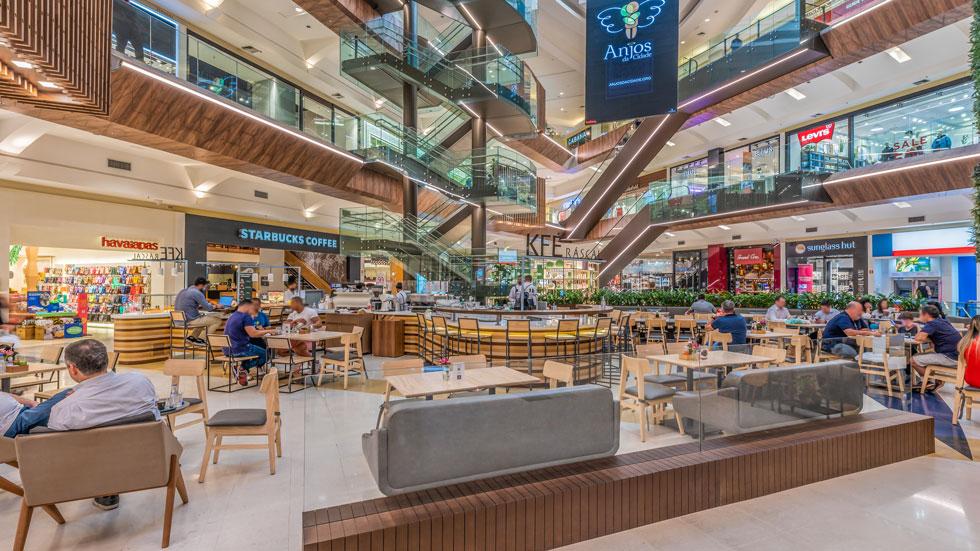
However, there has been a noticeable trend of flight to quality, and prime buildings and locations have seen price increases surpassing inflation and vacancy rates approaching pre-COVID levels. More companies are enforcing return to office mandates, and momentum is looking strong for the Brazilian office sector in 2025.
Our current investment thesis in the office sector is focused on the development of boutique offices at prime locations, and we currently have four buildings under construction.
What’s the forecast for the future of Brazilian REITs from an investor’s perspective?
We believe that the entry of ETFs into the Brazilian REIT market will transform the landscape permanently. Last year, our REIT, HGBS, made history by becoming the first Brazilian asset to be included in the FTSE EPRA Nareit Global REIT Index, marking a significant milestone for the market. As a result, leading global asset managers have shown interest in understanding the market and exploring potential opportunities.
This momentum has inspired us to explore the creation of new investment vehicles tailored for international investors, both passive and actively managed. We’re also establishing a partnership with a renowned international index provider, looking to provide broad, market-cap-weighted exposure to the Brazilian REIT market via ETFs.
